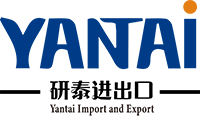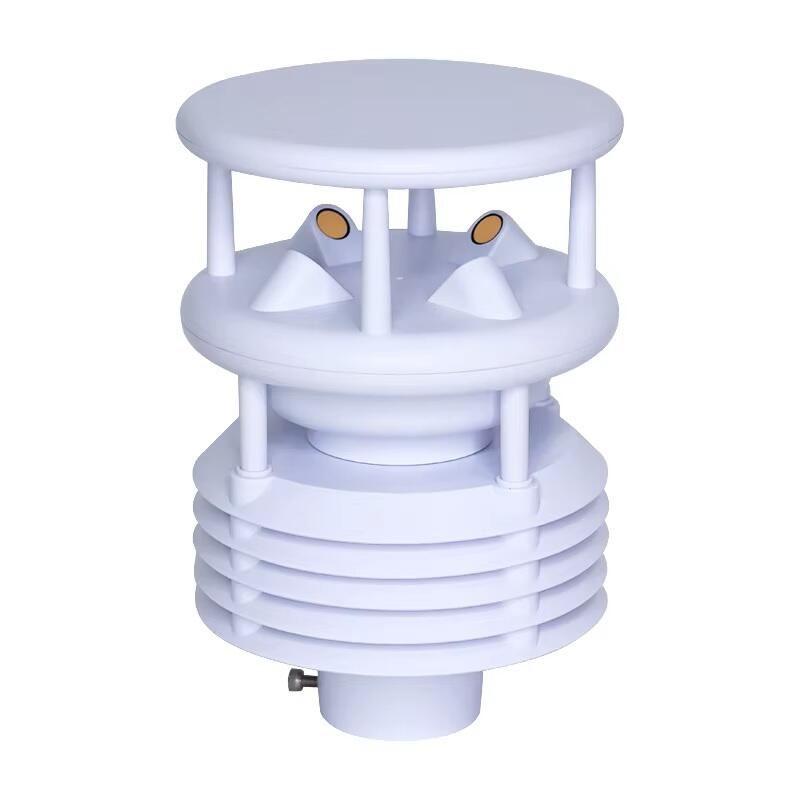The obnovljiva-energija industrija je tijekom posljednjih nekoliko godina iskusila impresivne tehnološke napredak, a danas je vjetroenergetika jedan od stupova elektriciteta iz prirodnih izvora. Ultrazvučni vjetrosmjeri koji su ključni, ali u mnogim slučajevima zaboravljani, nalaze se u srcu moderne operacije vjetroelektrana. Ove lijepo dizajnirane mjerni uređaji sada postaju jedno od neophodnih alata za optimiziranje performansi turbine, osiguravanje sigurnosti i ostvarivanje najbolje moguće proizvodnje energije u vjetroelektranskim instalacijama na planeti.
Način rada ultrazvučnih vjetrosmjeri
Ultrazvučni vjetrosmjeri koriste vrlo osjetljivi način mjerenja koji premašuje klasične mehaničke anemometre svojom elegancijom i preciznošću. Ovi uređaji koriste broj ultrazvukovnih transdusera, organiziranih u određenim geometrijskim konfiguracijama kako bi šaljali i primljavali visokofrekventne zvučne valove. Brzina s kojom se ovi zvučni valovi kretaju mijenja se kada vjetar utječe između transdusera: ubrzava se kada su vjetrovi u istom smjeru i usporava se kada je obrnuto. Najnovije digitalno obradivanje signala koristi ove malene razlike u vremenu kako bi odredilo obje brzinu i smjer vjetra s izuzetnom preciznošću. Neki proizvođači su proširili ovaj jednostavan načelj dodavanjem algoritama kompensacije temperature i mogućnosti izvršavanja trodimenzionalnih mjerenja što rezultira potpunim profiliranjem vjetra najsubtilnijih varijacija u oblicima zraka.
Uloga ultrazvukovnih senzora vjetrova u elektranelima vjetra
Ultrakvazni senzori igraju mnoge ključne uloge u savremenim vjetrogradivima, što direktno utječe na učinkovitost radnje i generiranje energije. Montirani na gondole turbine, ti senzori pružaju stvarno-vremenske podatke o vjetru kako bi omogućili točnu upravljanja rotacijom (yaw control), tako da turbine uvijek uhvaćaju vjetar na najbolji način. Njihova brzina odgovora omogućuje brzo otkrivanje brzih promjena vjetra ili opasnih vjetrovskih udara, što izaziva zaštitne reakcije kada je potrebno. Najnovije vjetrogradive zapravo koriste nizove ovakvih senzora širom objekta kako bi stvorili obrazac vjetra za optimizaciju cjelokupne učinkovitosti objekta. U provjeri snage (power curve verification), ključnom procesu za testiranje učinkovitosti turbine, visoko precizna i detaljna mjerenja, potrebna za pouzdanu analizu performansi, pružaju ultrazvučni senzori. Njihova radnja bez održavanja posebno je vrijedna u pomorskim instalacijama gdje je pristup za popravke težak i skup.
Zašto birati ultrazvučne senzore vjetrova?
Postoji ogromna prednost u upotrebi ultrazvučne tehnologije za mjerenje vjetra u operacijama proizvodnje energije. U suprotnosti s mehaničkim anemometrima koji imaju kretne dijelove koji se štede, ultrazvučni senzori nude godinama sigurne i pouzdane radnje s minimalnim zahtjevima za održavanje. Njihova konfiguracija čvrstog stanja isključuje mehaničku inerciju i omogućuje im da uhvate naglene promjene u vjetru i uzorke pufnjaka koje suobičajni kupani anemometri mogu propustiti. Veliki broj modela ima ugrađene grejalne elemente koji sprečavaju obrazovanje leda u hladnim okolinama – problem za mehaničke senzore. Neki proizvođači su razmisljeli o stvaranju posebnih verzija koje koriste materijale otporne na koroziju za okoline ili one koje mogu istovremeno mjeriti druge parametre, poput temperature ili gustoće zraka. Zajedno ove značajke nude operatorima vjetroelektrana bolja, pouznija podatka s nižim dugoročnim troškovima održavanja u odnosu na održavanje i zamjenu senzora.
Vodič za instalaciju ultrazvukovih vjetrovača
Važno je da se postigne optimalna učinkovitost ultrazvučnih vjetrovih senzora u vjetrogradskim farmama, a to se postiže ispravnim montažom. Senzori treba montirati na mjestima gdje postoji otvoreni protok zraka, uglavnom na kabini iza rotorske ravnine, s minimalnim utjecajem na turbine. Neke proizvođačke kuće nude posebne opreme za montažu koje su namijenjene primjeni na vjetrove turbine i osiguravaju pravilnu orijentaciju i potiskivanje vibracija. Treba pažljivo razmotriti upute za usmjeravanje kabelova kako bi se izbjeglo oštećenje kabela koje može doći od pokreta i vibracija. Mnogi su savremeni ultrazvučni senzori opremljeni digitalnim sučeljima koji olakšavaju njihovu integraciju s kontrolnim sustavima turbine, dok su aspekti odgovorne priključivanja i zaštite od groma još uvijek kritični, posebno gdje su električne oluje česte. Provjere ispravnosti tijekom redovnog održavanja doprinose neprekidnoj točnosti mjerenja tijekom radnog života senzora.
Savjeti za kupnju ultrazvučnih senzora vjetrova
Izbor ultrazvučnog senzora vjetrova koji je prikladan za svrhe elektrane vjetrova ovisi o dubokom shvaćanju različitih faktora. Raspon mjerenja trebao bi biti veći od najvišeg očekivanog brzine vjetrova na lokaciji uz neke proizvođače, koji koriste modele da nude jasne bio-ocijenjene ekstremne modele vjetrova. Specifikacije točnosti posebno su potrebne za testove performansi snage, jer čak i mali grešci u mjerenju mogu stvoriti veliku razliku u izračunatoj proizvodnji energije. Dok je okolišna trajnost druga važna briga, industrijski model ima jaku konstrukciju i sigurnost od vlage, prašine i temperature u ekstremnim uvjetima. Neki proizvođači nude posebnu verziju s poboljšanim funkcionalnostima za pomorske primjene i hladne okoline, što može biti isplativo u smislu bolje pouzdanosti i kratkih potreba za servisom, uz visoku početnu cijenu.

 EN
EN
 AR
AR
 BG
BG
 HR
HR
 FR
FR
 JA
JA
 KO
KO
 PT
PT
 RU
RU
 ES
ES
 ID
ID
 VI
VI
 TH
TH





